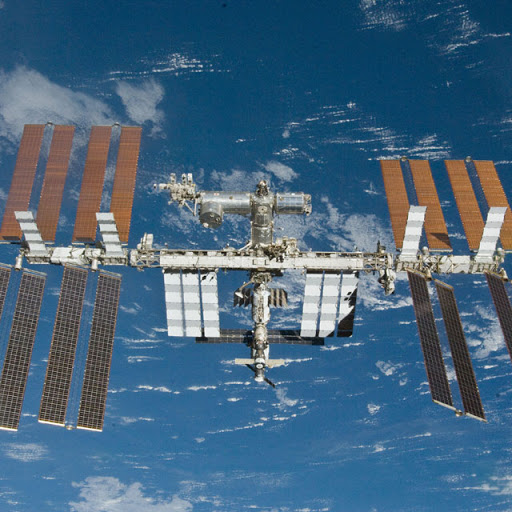Japan and China Are Working On Systems To Remove Orbital Debris With Lasers - Part 1 of 2 Parts
ISS 1.jpg

Part 1 of 2 Parts
I have written a number of posts about the amount of junk in orbit around the Earth and various ideas about how to deal with it. NASA estimates that there are almost three thousand tons of space debris in low Earth orbit. More than half a million pieces of junk are up there including over twenty thousand pieces that are bigger than a baseball. Sizes range from flakes of paint to whole inoperable satellites and used launch vehicles.
The problem of orbital debris is getting worse with every launch. Large pieces of space junk can fragment into a cloud of smaller pieces if they are hit by another piece of junk. Those pieces can hit other space junk in turn creating a cascade of new debris.
Obviously, the big pieces are a major threat to existing satellites and new launches but even a fleck of paint traveling at twenty-eight thousand miles per hour can damage operational satellites. Windows in the International Space Station (ISS) have had to be replaced because they were damaged by flecks of paint.
More and more orbital debris is being added every year and new ways must be developed and implemented to remove it or we may be blocked from launching spacecraft because of the junk in orbit. Some of the technologies suggested for removing junk from orbit include magnets, robotic systems with arms to grab junk, giant harpoons to spear junk, giant nets to catch debris and other ideas. Some of these ideas are being tested but they can only be used for removing big pieces of junk. Dealing with all the little bits of debris smaller than two inches is a more complicated question.
In 2015, scientists in Japan suggested adding a space junk blasting laser to the Japanese Extreme Universe Space Observatory (EUSO) module currently operating on the ISS. The EUSO was developed so that ultraviolet light produced by ultrahigh-energy cosmic rays which enter the atmosphere at night could be detected. It turns out that the wide field of view and powerful optical components of the EUSO could also allow detection of high-speed debris approaching the ISS. Once such debris is detected, then a laser could be used to vaporize the smaller pieces and push the larger pieces out of orbit.
The Japanese are developing a coherent amplification network (CAN) laser for use on the ISS. This involves combining many small lasers into a single powerful beam. (This is based on the development of a host of lasers simultaneously hitting a pellet of frozen hydrogen to create nuclear fusion.) This beam could be used to vaporize thin layers off of the surface of any orbital debris hit by the beam. This would push the larger pieces of debris down into lower orbits where it would eventually be burned up by entry into the atmosphere.
A full-scale version of the Japanese CAN laser would have a one hundred-thousand-watt ultraviolet CAN laser that would be able to fire ten thousand pulses per second. Each pulse would last of one tenth of one-billionth of a second. Such a laser would have a range of about sixty miles. This laser would require about seventeen pounds of lithium-ion batteries.
Please read Part 2